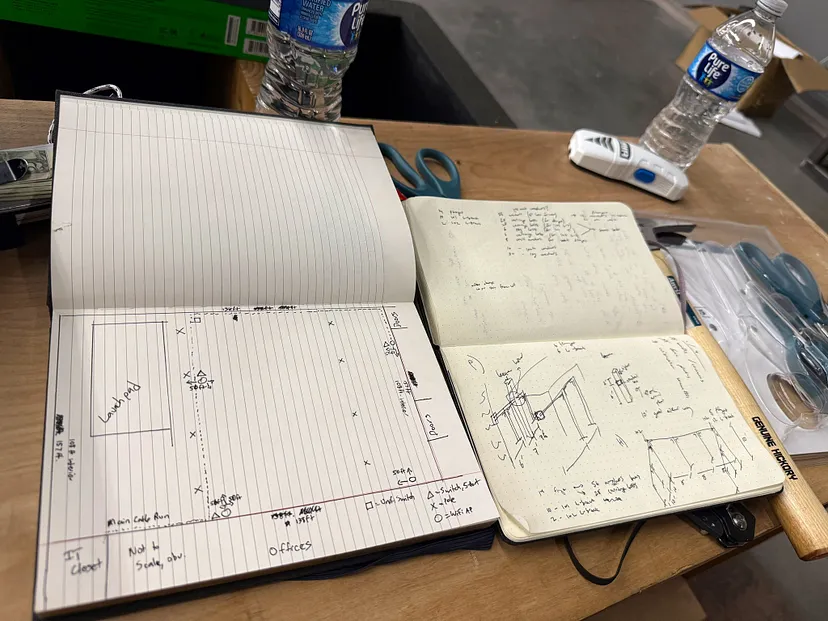Residence Weblog Weblog Article There Are No Golden Guidelines

Brady’s sentiment echoes that innate rigidity — we would like easy solutions as to how we will be the most effective, however enchancment is far more complicated than that.
On this context, we are able to take “truism” to imply “a blanket fact” — an oversimplified assertion that seeks universality and goals to unravel an issue with out accounting for its inherent complexity. Whereas truisms might really feel insightful, and whereas they might look like universally relevant, they fail to provide significant outcomes. As an alternative, they provide false confidence and safety by lowering the nuance of our most necessary challenges into inappropriately easy solutions.
Participant improvement will not be, and by no means can be, solved through a single variable — it’s a matter of systematic and sequential problem-solving. That framework isn’t simply true in baseball; it applies to any aggressive enterprise. But, so many individuals proceed to ask the mistaken questions. Take an all-too-common inquiry, for instance: “What’s the lacking piece?” On the floor, this appears like a productive query, but it surely finally reduces the issue to its easiest kind, assuming a single, remoted resolution. This method, and query, ignore the complexity of real-world issues.
The higher model of that query can be: “What are the lacking items, and what foundational steps do I must take to truly deal with them?” This model acknowledges that gaps hardly ever exist in isolation and that fixing for one variable typically requires the constructing and reinforcing of supporting buildings. It reaches past surface-level pondering to account for dependencies and context — each of that are key parts within the fixing of multivariate issues.
If an issue appears solvable in a single step, it’s an indication you possible don’t perceive it properly sufficient to unravel that downside. The really impactful issues — those that change industries, careers, and lives — don’t yield to the fast fixes, they usually don’t adhere to any supposed truisms. A lot the identical, by the point an issue is straightforward sufficient to be solved in a single step, that downside is inherently not very attention-grabbing. The foundational questions have already been answered, and there isn’t a lot worth to be added anymore. The heavy lifting has already been completed by somebody who has had a a lot earlier, far more impactful realization than any of us must supply.
In distinction, essentially the most attention-grabbing and impactful issues are unsolved for a motive. These issues are inherently multivariate and require cautious deliberation. Addressing these issues isn’t only a matter of discovering the proper reply; it’s a matter of figuring out the true sign among the many noise and systematically accounting for the complicated inter-variable relationships that underlie these issues. That is the place truisms fail so miserably — as a result of they try to supply blanket options to issues that demand individualized approaches.
Contemplate a extra particular instance inside the context of participant improvement at Driveline: instructing somebody to throw an efficient sweeper or working to refine their command are each issues which have been sufficiently solved numerous instances earlier than and can be solved numerous instances once more on a person foundation — they aren’t inherently groundbreaking issues. However even these are complicated in and of themselves and thus require particular, non-universal options. They require multi-step processes that account for context, key dependencies, and the distinctive wants of every particular person athlete.












Your article helped me a lot, is there any more related content? Thanks!
Thank you for your sharing. I am worried that I lack creative ideas. It is your article that makes me full of hope. Thank you. But, I have a question, can you help me?